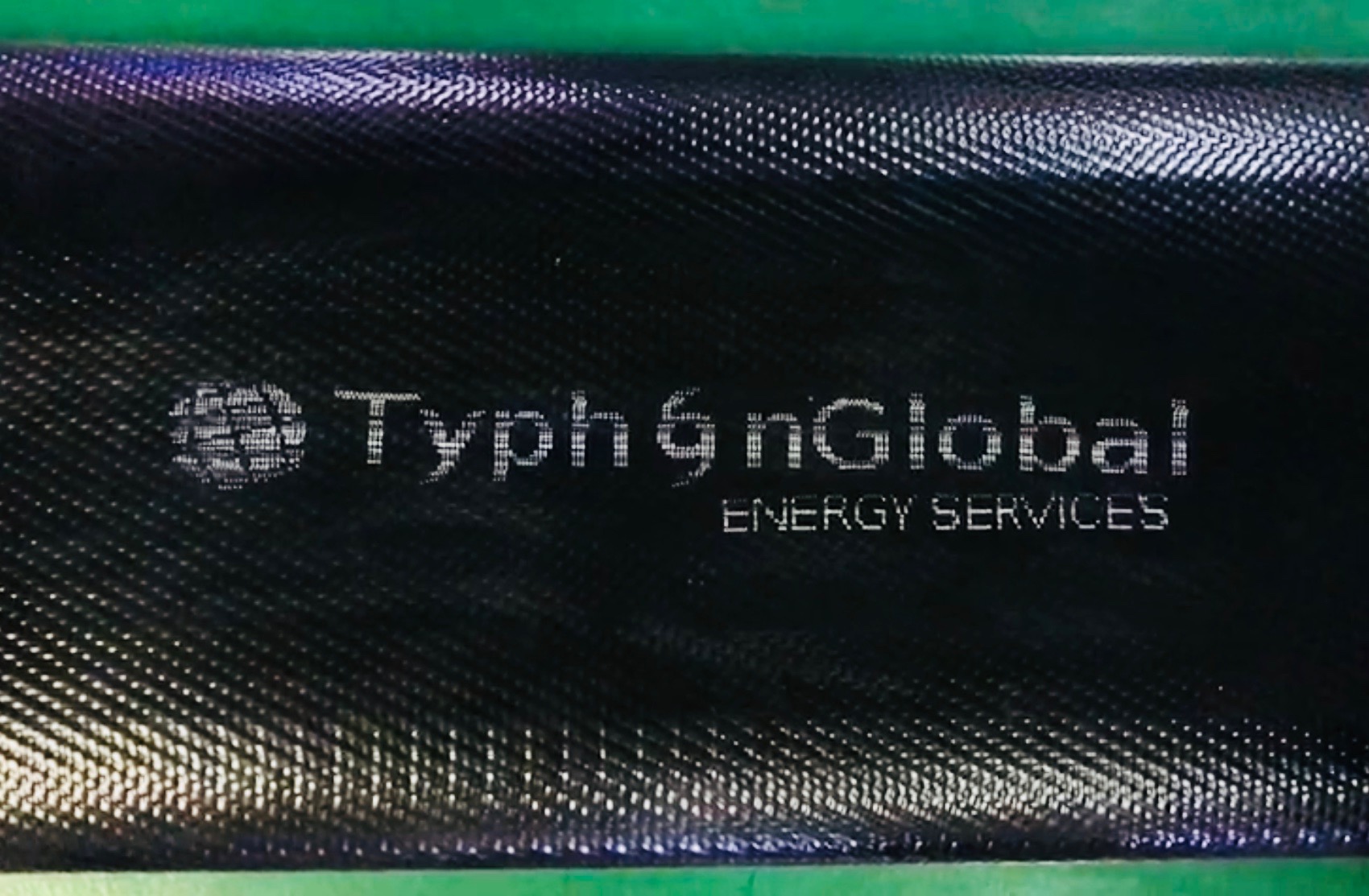Lay Flat Hoses
TPU Extruded-Through-The-Weave




At Typhon Global, we believe that customers are always right – unless they buy the wrong hose. Users that have made the decision to use thermoplastic polyurethane (TPU) lay flat hose are on the right track. The fivefold longer life of TPU compared to the life of nitrile rubber/PVC hose for water transfer in the oil patch has already demonstrated justification for the higher price of TPU. However, what users may have yet to discover is the fact that there are two distinctly different ways to manufacture TPU lay flat hose. Hose produced by the older, more common method is usually referred to as 3-Ply polyurethane. Hose produced by a manufacturing technique referred to as “extruded-through-the-weave” is state of the art.
The manufacturing process for extruded-through-the-weave hose doesn’t involve the use of tubes or adhesives. Instead, in a unique one step procedure, thermoplastic polyurethane material (TPU) is fed into a heated extrusion channel or barrel. As the woven reinforcement jacket is drawn through the barrel, the TPU is extruded through the weave under carefully controlled conditions of temperature and pressure. The result is a hose with a homogeneous single wall of reinforced polyurethane; smooth, tough, resistant to abrasion and weathering, and ready for heavy duty service under the harshest conditions.
Some advantages of through-the-weave TPU lay flat hose are:
- No adhesive is used; hence, there is no potential for the hose to delaminate.
- At working pressure, through-the-weave TPU hose has an elongation rate of less than 1%.
- Peel tests have shown that adherence of the polyurethane to the reinforcement jacket in through-the-weave hose is twice as strong as that of 3-Ply hose.
- The interior of through-the-weave hose is much smoother than 3-Ply hose, thus affording a higher flow rate for through-the-weave hose, using the same pump horsepower